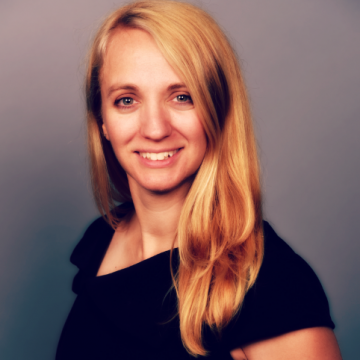This morning’s guest post comes to us from David Woolf, Steelcase General Manager for Integrated Technologies. — MP
Like most companies more than a century old, Steelcase embraces renewal and reinvention both in ourselves and in our partners. Founded as the Metal Office Furniture Company, our past, present and future have always been about turning insights about human behavior and what drives people to excel into innovations that unlock the promise of people at work.

We’ve seen a lot of advancements since the design of our first product, a low-cost fireproof wastebasket — a major innovation in 1914. From telephones, mobile technology and IoT, to the cloud and advanced computing, the way we do our jobs continues to change. Today, the fundamental shift we are seeing in the office is unprecedented.
A New Kind of Workplace
To compete in today’s fast-paced, complex, global economy, organizations need people who come to work energized, ready to generate new ideas, solve problems in new ways and make meaningful progress every day. But, the reality is highly engaged workers are the exception not the rule. The Steelcase Global Report: Engagement and the Global Workplace surveyed more than 12,000 people in 20 countries. It’s findings backup similar research from places like Gallup — more than one-third of workers are disengaged and another third are somewhere in the middle neither harming nor helping drive their companies forward.
Workers, especially millennials who will make up three-quarters of the global workforce by 2025, are seeking a new kind of workplace — one that inspires, connects and supports a variety of workstyles. A Microsoft survey reveals collaboration is a key driver for this group, 65 percent prefer face-to-face meetings. While nearly all, 93 percent, say having access to the latest technology is a big factor in choosing an employer.
This influential group is rejecting the “sea of sameness” that’s become synonymous with the office. They want to feel connected to colleagues nearby and across the world. At the same time, Gallup reports privacy remains paramount. Forty-two percent of all employees say they would change jobs to have privacy when they need it.
Boost Engagement
Boosting engagement is a bottom-line issue for companies looking to innovate and grow. While there are a number of factors to consider, the Global Report gives us some ideas of what might help. It’s the first study to show a strong correlation between highly engaged people and how they feel about their workplace. People who have choice and control over where and how they work are highly satisfied with their work environment are more likely to be highly engaged.
Citrix’ recent Mobile Workstyles Survey echos how the world of work is adapting to today’s workstyles. As more people can work anywhere at anytime, the survey says the workplace needs to evolve into a more collaborative, inspiring and flexible environment.

As the office undergoes this dramatic shift, people need a more organic workplace — one that can adapt as work evolves. Technologies and big data can provide workers with valuable information to help them choose the right space for the kind of work they need to get done. Data can instantly inform and empower people. It can also help organizations understand how the work environment is being used and how they can best support their people.
Measuring the Workplace
Right now, a number of challenges prevent organizations from getting actionable data on how people use their workspace. Utilization and occupancy data is frequently gathered by people walking around taking notes or by anecdotal data from people walking by specific spaces. These common forms of measurement are inaccurate, inconclusive, labor intensive and not scalable.
Workplace sensors can give us access to more data about what is used and when. But, data alone is meaningless. It’s only with a rich understanding of workers and work that actionable insights can be delivered. When we are able to see why people choose one space over another, we can help transform the workplace into an environment designed to engage and energize.
People-Centered
Those of us who’ve operated in the world of work for decades know it’s the companies that think about the holistic wellbeing of people — cognitive, physical and emotional — that will gain the hearts and minds of their people and their customers. Technology is not just a utility. It is a transformative tool and when embedded into the workplace it can augment the human experience.

The thoughtfully-designed workplaces of today and the future need to consider the intersection of people, place and technology to optimize our work. Different types of work require different kinds of devices, software and places. Sometimes our work requires deep focus and privacy. Other times we need more collaborative tools to support idea generation, prototyping or refinement. An interrelated collection of places and technologies can support the different ways people need to work and enhance engagement by letting them choose the space during the day that best supports the kind of work they need to get done.
We’re no longer in a one-size-fits-all approach. Instead, it’s time to reimagine the workplace and then measure if it’s supporting people in the way we intended.
 David Woolf is the GM for integrated technology at Steelcase, the global leader in office furniture, where he built and now runs a technology development center in Portland, Oregon focused on bringing the Internet of Things to the contract furniture market.
David Woolf is the GM for integrated technology at Steelcase, the global leader in office furniture, where he built and now runs a technology development center in Portland, Oregon focused on bringing the Internet of Things to the contract furniture market.
Steelcase helps leading organizations create places that unlock the promise of their people – places that inspire people to bring purpose to life.




